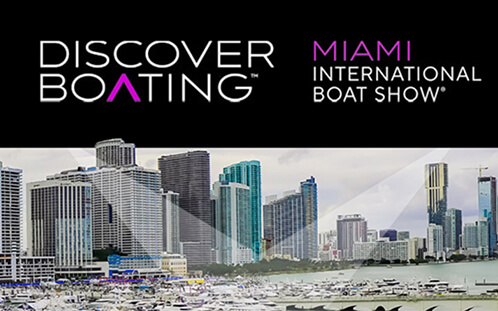MARCH 13, 2022
Making the case for lithium-ion batteries
The electrification of global waterways continues to be at the forefront of conversations within the recreational powerboat industry. Despite recent (and most likely for the foreseeable future) supply chain issues regarding critical battery metals such as lithium, nickel, copper, cobalt and graphite, virtually all OEMs have pivoted towards utilizing lithium-ion (Li-ion) batteries. In this article, we will discuss the shift to Li-ion from antiquated lead acid batteries.
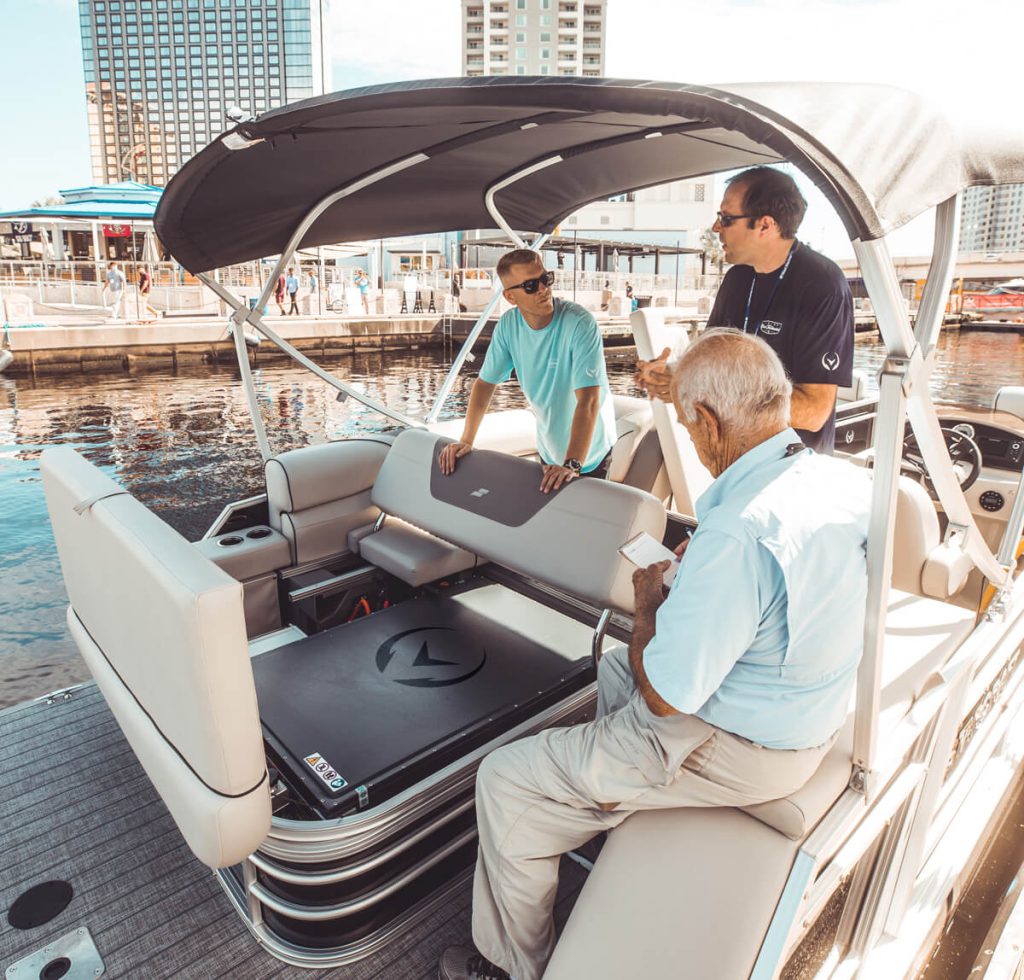
Understanding the basics of electric boats
There are several factors contributing to the significant rise in popularity surrounding electric boating. The environmental footprint is the most obvious, as an electric motor eliminates fossil fuel emissions, and noise pollution, and reduces fuel cost and maintenance by 90%, as compared to a diesel or gasoline powered engine.
Recent advances in marine industry battery technology have been a prevalent focus for battery cell and pack OEMs for a multitude of reasons.
Why Li-ion batteries?
Lead acid has been the only viable battery technology for many years. With the advancements made in battery technology regarding lithium batteries, there has been a realization that lead acid batteries come with many inherent limitations.
A prominent advantage of Li-ion batteries is its light weight and lesser size, while packing a much greater amount of energy density and allowing for better performance. Li-ion batteries average to be approximately half the weight of lead acid batteries with similar capacity. Lighter weight and smaller size are very important for performance because the weight of the boat has a direct affect on its buoyancy, speed, and maneuverability. With the same weight, Li-ion batteries and lead acid batteries draw a stark comparison. Li-ion runs four times longer than lead acid, and with equal voltage and amperage, Li-ion can achieve up to 98% efficiency, as compared to lead acid, which runs at 80%. Ultimately, Li-ion batteries can last up to 10 times longer than a typical lead acid counterpart, and require almost no maintenance at all to optimize performance and lifespan.
Another advantage of Li-ion is the increased number of charge/discharge cycles. The average lifecycle of a Li-ion battery is usually between 3,000-5,000 cycles, whereas the average deep-cycle for lead acid batteries is between just 500-1,000 cycles. Li-ion batteries require far less recharge time, charging approximately five times faster than standard lead acid batteries.
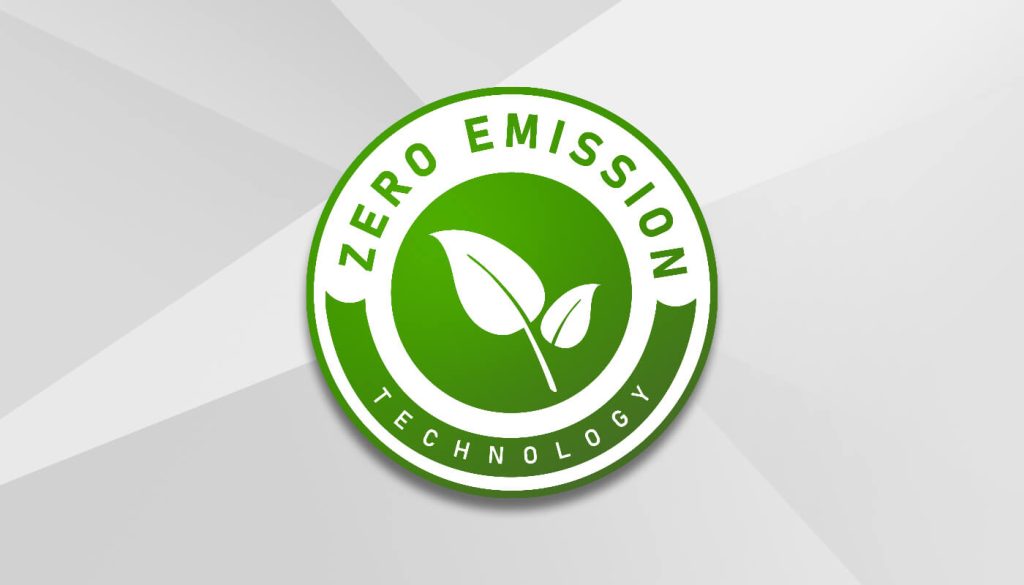
Eco-friendly positives
Another major benefit of using Li-ion technology is that it is eco-friendly. Lead acid batteries can often leak acid and lead directly into waterways, which causes significant toxicity to the water as well as aquatic ecosystems. In addition, electric motors do not emit strongly odored and visible fossil fuels.
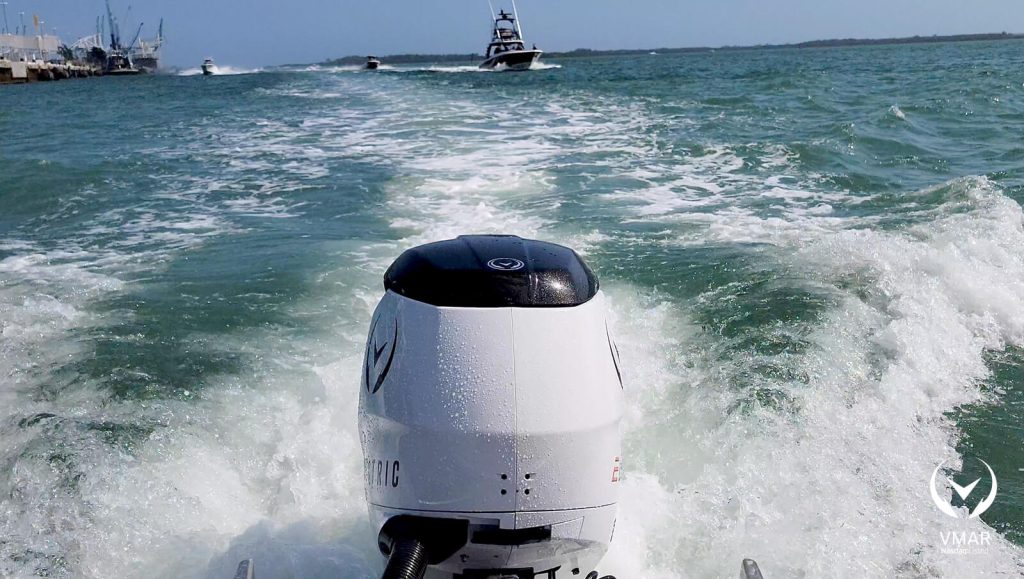
Power and range
Originally, skeptics of the electric transition doubted reaching a practical optimization of range and power. Vision Marine Technologies’ E-Motion™ 180 hp powertrain system has proven to be the first and only of its kind in the boating industry to truly maximize these key factors. No other company in the industry has the technology to rival the power, torque, and range that the E-Motion™ 180 hp achieves.
The safety of Li-ion batteries
Li-ion batteries available today are built more and more efficiently in order to withstand oceanic turbulence. Furthermore, most Li-ion technology is generally equipped with an internal battery management system (BMS), which detects dangerous circumstances and shuts the battery down to prevent damage or overheating. Additionally, Li-ion batteries are sealed to protect from the possibility of moisture and water splashing. Although being built for water resistance, it is recommended to use fire resistant casing, as Li-ion battery fires are harder to extinguish compared to conventional nautical fires, if that unlikely event occurs.
Li-ion battery’s largest obstacle
The biggest hurdle to overcome for Li-ion technology will be the presently higher initial cost versus ICE motors. Li-ion batteries require lithium, which is a plentiful but expensive metal, which has finite availability, and has risen sharply in price over the past year (and particularly since the beginning of 2022). In addition, Li-ion batteries utilize other critical metals, many of which are currently, and for the foreseeable future, in short supply due to expanding demand coupled with COVID related general supply chain issues (particularly nickel and cobalt). As a result, battery packs are quite expensive with a waiting list for delivery to OEMs exceeding 18 months or greater. However, as the upfront costs have risen significantly, it is proven that the overall total cost of ownership (TCO) is still highly economic to the average boater.
Although Bloomberg New Energy Finance’s (BNEF) reports that global average battery prices fell 6% between 2020 and 2021, higher raw material prices are on the rise, which implies a higher future short term prices.
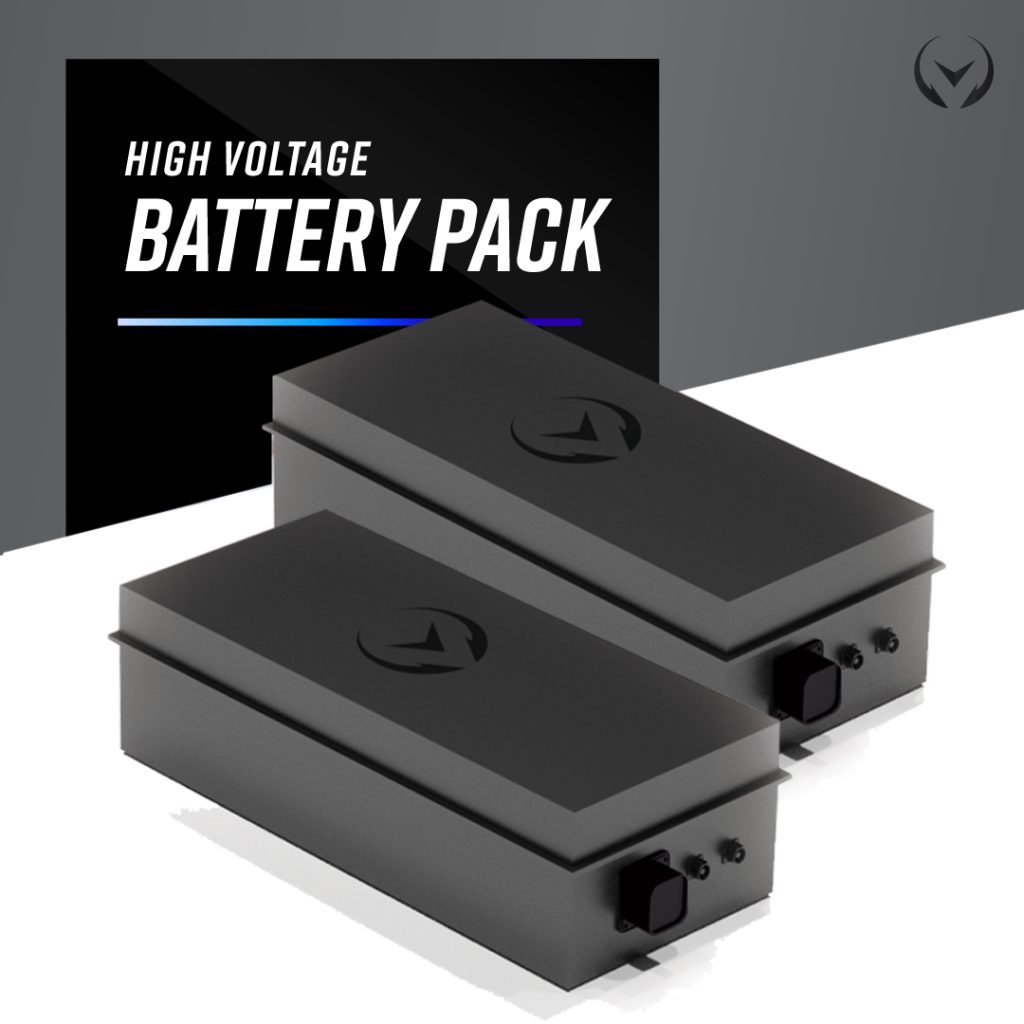
Octillion Power Systems partnership
As the industry aims to work past the supply chain shortages of nickel, cobalt, graphite, copper and lithium as components, Vision Marine Technologies went to great lengths to form a partnership with global battery supplier Octillion Power Systems, in a deal announced during the fourth quarter of 2021.
Octillion is a market leader in designing, building, and manufacturing high density Li-ion battery systems for electric cars, trucks and buses. Having delivered nearly 400,000 electric vehicle battery systems for the global market, Octillion is well set up for scale.
Vision Marine’s partnership with Octillion will be to develop a customized high voltage 35 KW high density battery designed exclusively for the recreational boating market. The advanced electric battery system will be made exclusively for use by Vision Marine to power its E-Motion™ outboard powertrain.
The configuration of this particular battery pack is smaller than that of a typical fuel tank, which in turn makes it easier to custom fit in virtually any boat, therefore allowing the vast majority of 18 to 29 foot boats to be rigged with electric technology available through Vision’s 180E powertrain system.
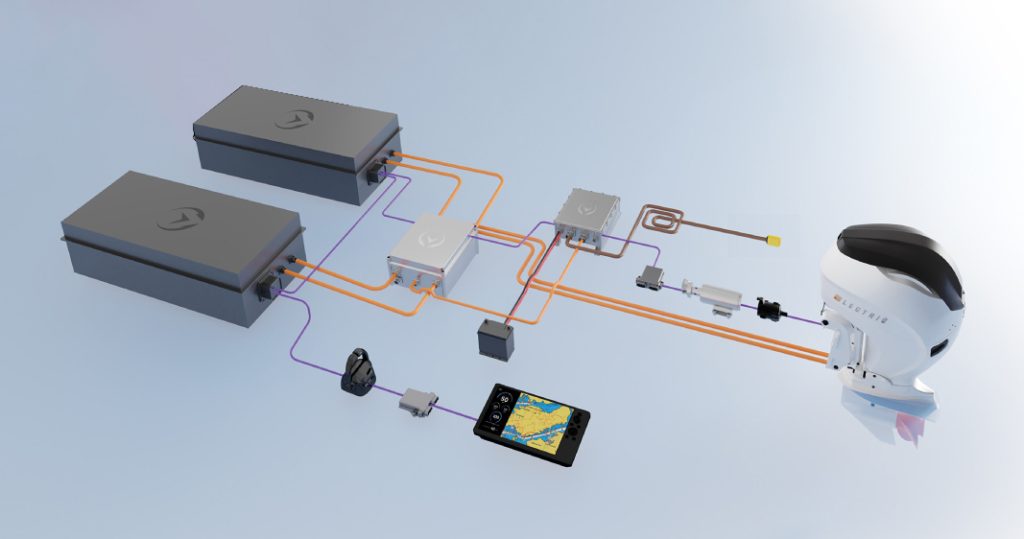
The future of Li-ion batteries
According to a report by Allied Market Research, the global marine battery industry generated $0.309 billion in 2020, and is anticipated to generate nearly $2 billion by 2030, with a CAGR of 20.5% from 2021 to 2030.
The advantages that Li-ion batteries bring versus traditional lead acid batteries have encouraged escalating interest from large boating OEMs and consumers alike regarding electrifying powerboats, especially high performance boats. As the boating industry adapts to the demand of electric vessels, the marine battery market will see a rise in demand that will force a deeper conversation into the maximization of battery range and capacity in order for most vessels to become fully electric. Regardless of the present supply chain issues affecting primary battery metals, it is generally believed that Li-ion batteries will continue to be in high demand due to its economic TCO, significant weight reduction, increased efficiency, and much longer lifespan.
MORE ARTICLES



